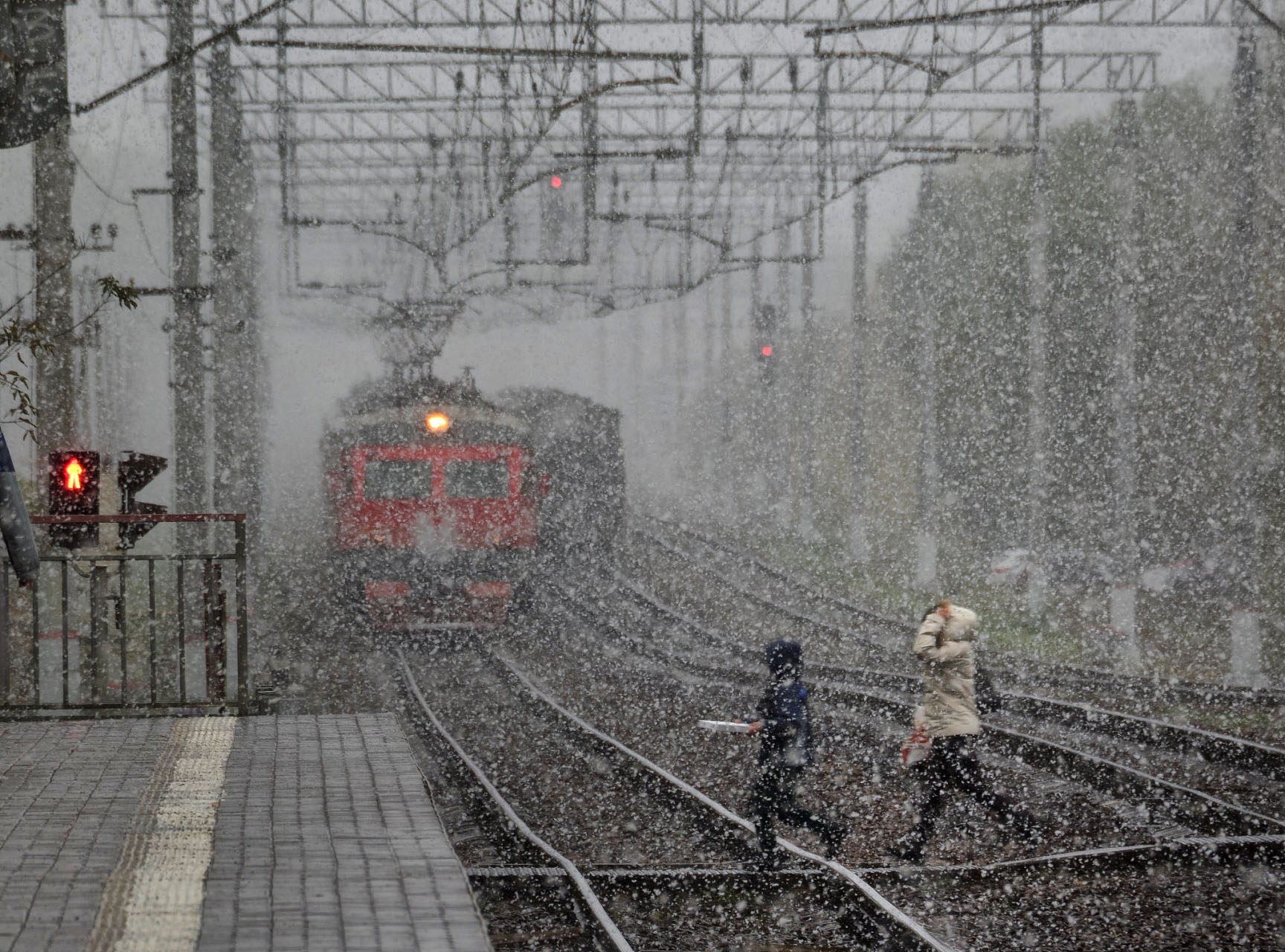Rainstorms can have a profound and far - reaching impact on railway operations, often resulting in train delays. One of the most immediate and severe consequences of continuous rainstorms is the potential for flooding. Low - lying areas along the railway line are particularly at risk. As the rainwater accumulates, it can quickly turn into a powerful force, capable of washing away the railway's vital infrastructure, such as the roadbed and the ballast. The roadbed provides the foundation for the tracks, and the ballast helps to distribute the weight of the train evenly. When these components are damaged or destroyed by floodwaters, the train simply cannot move forward safely. It must remain stationary until the infrastructure is fully repaired, which can take a considerable amount of time, leading to long - term delays.

In addition to the physical damage to the tracks, rainstorms can also wreak havoc on the railway's signal system. Water is a conductor, and when it infiltrates the signal equipment, it can cause short - circuits and other malfunctions. These malfunctions can lead to inaccurate or non - existent signal displays. Train drivers rely heavily on these signals to navigate the tracks safely. When the signals are compromised, drivers are forced to slow down or stop the train altogether. They must wait for the signal system to be restored to normal operation, which is another contributing factor to the delays. In summary, rainstorms pose a significant threat to railway operations, both in terms of infrastructure damage and signal system failures, ultimately leading to disruptions in train schedules.
Copyright © Wuhan Linkage Track Equipment Co., Ltd All Rights Reserved.